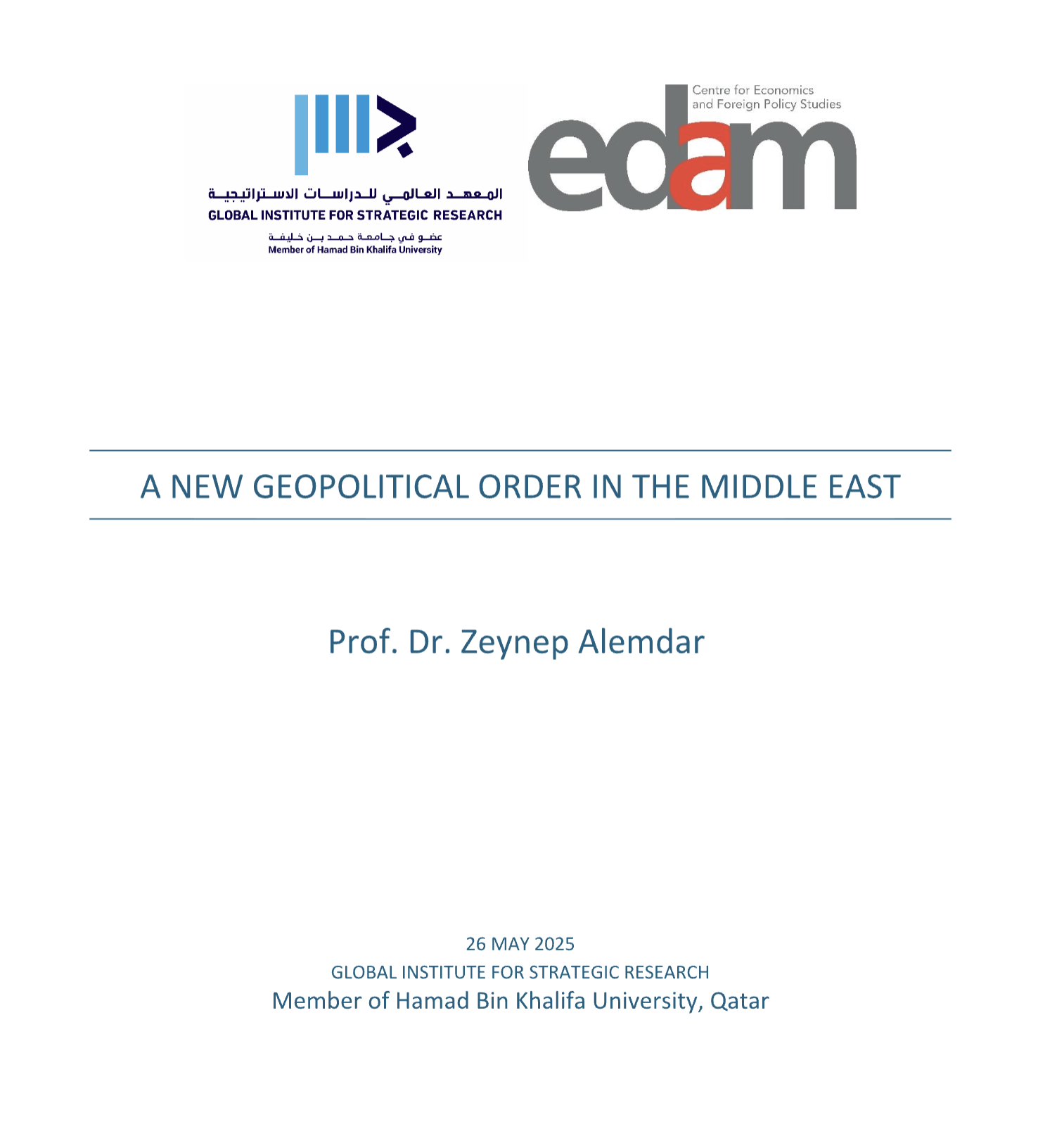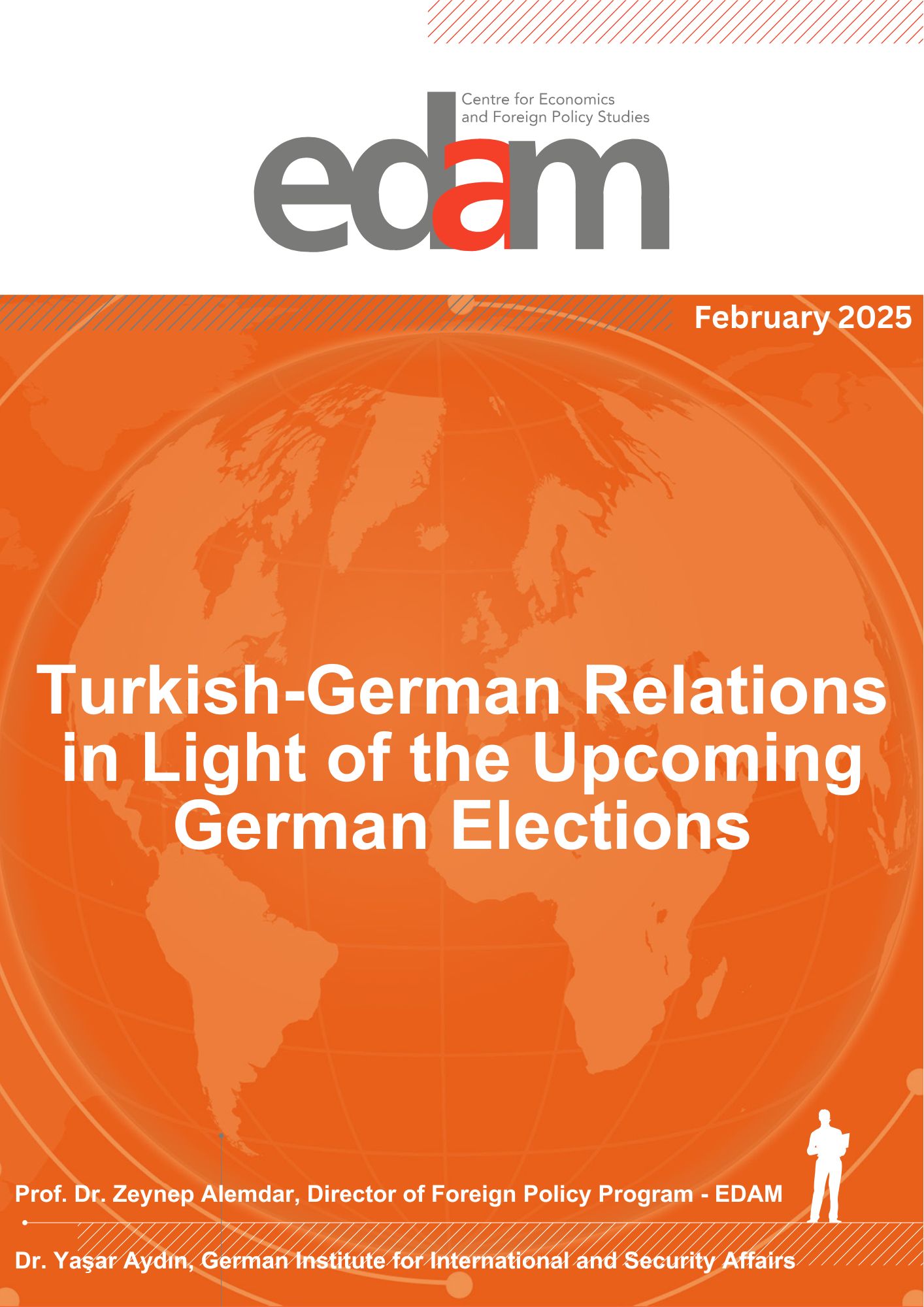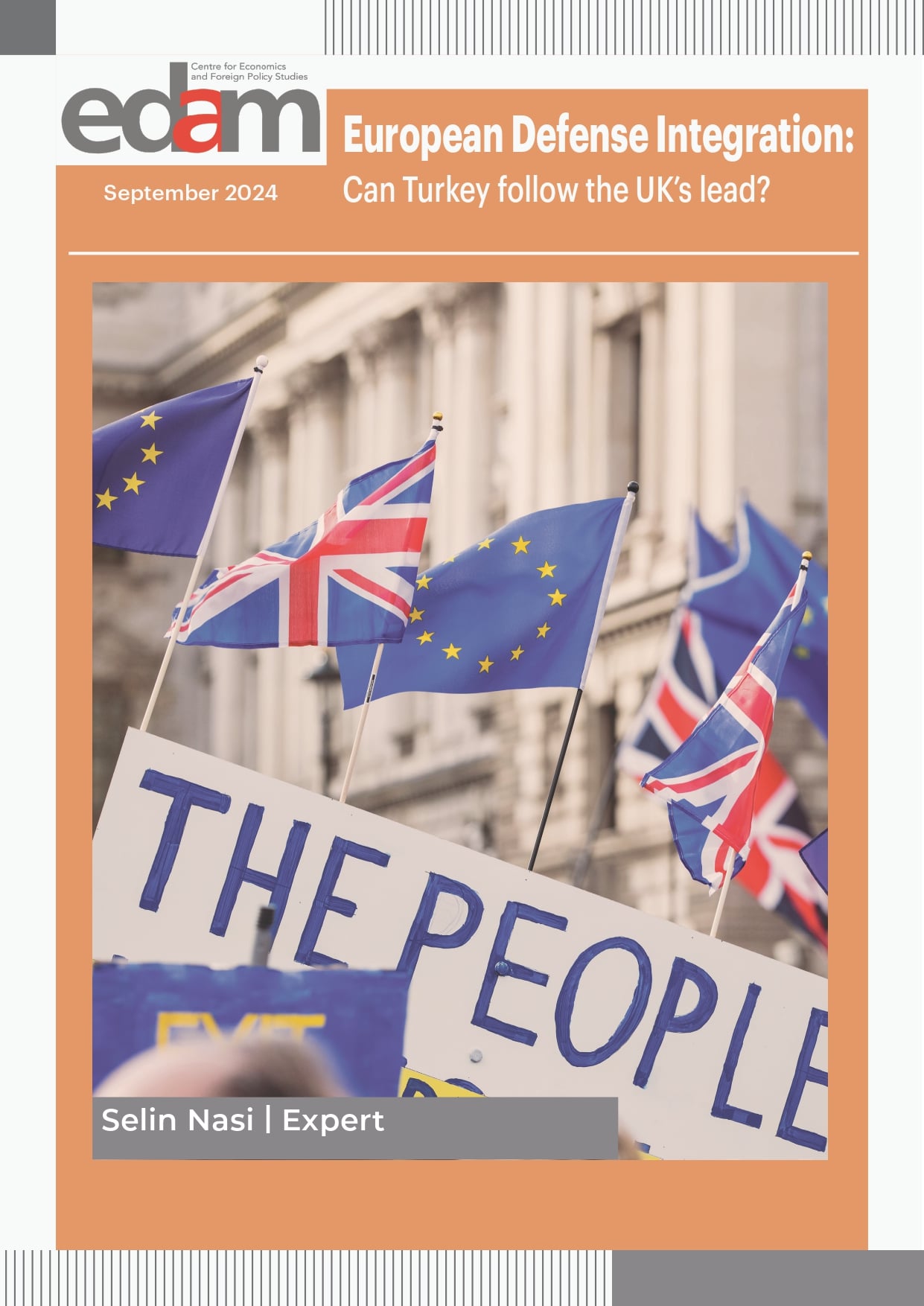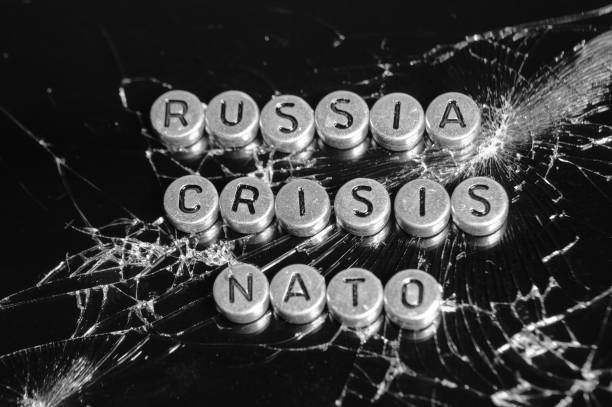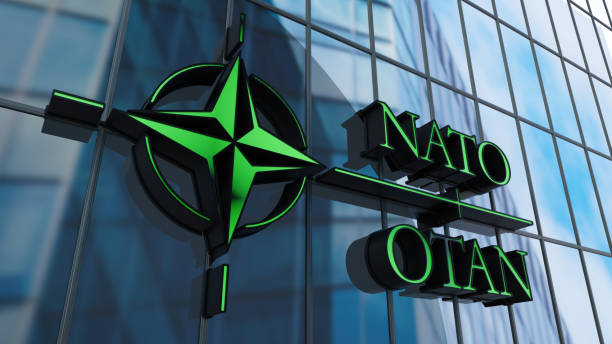Raporun tamamına ulaşmak için tıklayın
Click here for the full report
THE TICKING BOMB OF IDLIB
EDAM’s Defense Analyst Dr Can Kasapoğlu
KEY TAKEAWAYS
- Open-source pieces of intelligence suggest that the Syrian Arab Armed Forces have deployed its battle-hardened, elite formations in the area of operations for a robust offensive targeting Idlib and adjacent provinces. These units (including, but not limited to the 4th Armored Division, the Tiger Forces, detachments from the Republican Guard, and the Air Force Intelligence’s operational segments) are organized in a politico-sectarian basis in compliance with the Baath regime’s foundations. Many of the principal unit commanders have acquired notorious records throughout the civil war due to several war crimes ranging from indiscriminate use of force to barrel bombings and employment of chemical weapons. Such a formidable buildup, coupled with a problematic military leadership, pose significant risks to Turkey’s national security.
- The Syrian forces could seek provocations by sporadically targeting the forward deployed Turkish military personnel in Syria for counterterrorism and de-escalation missions. Both in Operation Euphrates Shield and Operation Olive Branch, such provocations took place. The Syrian Arab Army advances with various paramilitary groups backing it. These paramilitaries cannot be fully controlled by strict rules of engagement like a regular unit. Thus, even if Damascus does not intend a deliberate escalation, armed provocations against Turkey’s observation posts are likely once the ground incursion begins. Such escalatory moves would force the Turkish military to respond in kind. Ankara has already fostered its deterrent posture along the border areas. Should Damascus opt for further pushing into Operation Euphrates Shield and Operation Olive Branch areas of responsibility, an inter-state conflict may be triggered.
- The overture of the Idlib campaign suggests that the Syrian Arab Army has adopted a scorched earth operational concept including the use of heavy and indiscriminate firepower in urban areas.
- Due to demographic asymmetries, holding Idlib marks a bigger challenge for the regime forces than clearing it from the rebel groups. Simply put, the Syrian Arab Army does not have the adequate manpower to run protracted stability operations for holding the ground in a densely populated, predominantly Sunni, and urbanized area adjacent to the Turkish border. Besides, Assad’s military planners cannot afford stationing their most combat-capable units hundreds of kilometers away from the capital for a long time. Thus, from the regime’s standpoint, the Idlib offensive should adopt a blitz operational tempo supported by robust firepower for delivering ‘shock and awe’ results.
- Repeating their previous operational record, Assad’s forces will most probably opt for de-populating the province through terrorizing the inhabitants. To do so, the regime would need Russian airpower, along with the Syrian Arab Air Force’s systematic barrel bombing and the Syrian Arab Army’s indiscriminate shelling. In the meanwhile, a ‘siege to starvation’ campaign could be conducted in suitable locations. Militarily, an alternative to this overall strategy might be limited chemical weapons use to exacerbate mass displacements. All the abovementioned battle plans could bring about a menacing humanitarian challenge pushing into the Turkish territory.
- The decision to initiate or avoid chemical warfare remains a complicated issue. The Syrian Arab Armed Forces could employ chemical weapons in Idlib in case the regime’s military planners aim de-populating the area of operations without totally destroying the infrastructure, something that cannot be achieved through heavy conventional bombardments. The chemical agent of choice would make a great difference in terms of persistence and lethality. Moreover, the regime’s – and its Russian patrons’ – threat perceptions emanating from a US-led punitive intervention could be a restraining factor.
- Although it is not widely discussed in public debates, the Turkish territory can be affected from a large-scale contamination in Idlib depending on weather conditions and the chemical warfare agent of choice. Throughout the civil war, Syria’s several conventional weapons, such as ballistic missiles and air defense missiles, hit Turkey many times. However, employment of weapons of mass destruction at Turkey’s doorstep, which would pose the risk of contamination, would cross a very dangerous threshold. Ankara would then consider a robust response that can include striking the regime’s strategic assets.
- Apart from the humanitarian challenges of a de-populating military campaign, the presence of various radical groups with links to al-Qaeda and other terrorist organizations bring about additional security risks for Turkey. Clearly, a massive refugee influx could function as a vector conveying terrorist cells into the Turkish territory. Conducting background checks, investigations, and setting watch-lists for thousands of militants and their families, separating them from the local inhabitants of the province, and more importantly, fulfilling these tasks under pressing armed conflict conditions remain beyond the capabilities of any intelligence apparatus around the globe.
- Already hosting more than 3,5 million Syrian refugees and shielding Europe, Turkey cannot tolerate further humanitarian problems exported from the civil war.
- In essence, the Syrian Arab Armed Forces’ top chain of command, and their agenda of changing Syria’s demographic makeup for the country’s long-term reconstruction, remain the underlying reasons of the global problem of Syrian refugees and displaced persons. The forthcoming Idlib offensive represents a revealing example in this regard.
Raporun tamamına ulaşmak için tıklayın
Click here for the full report

